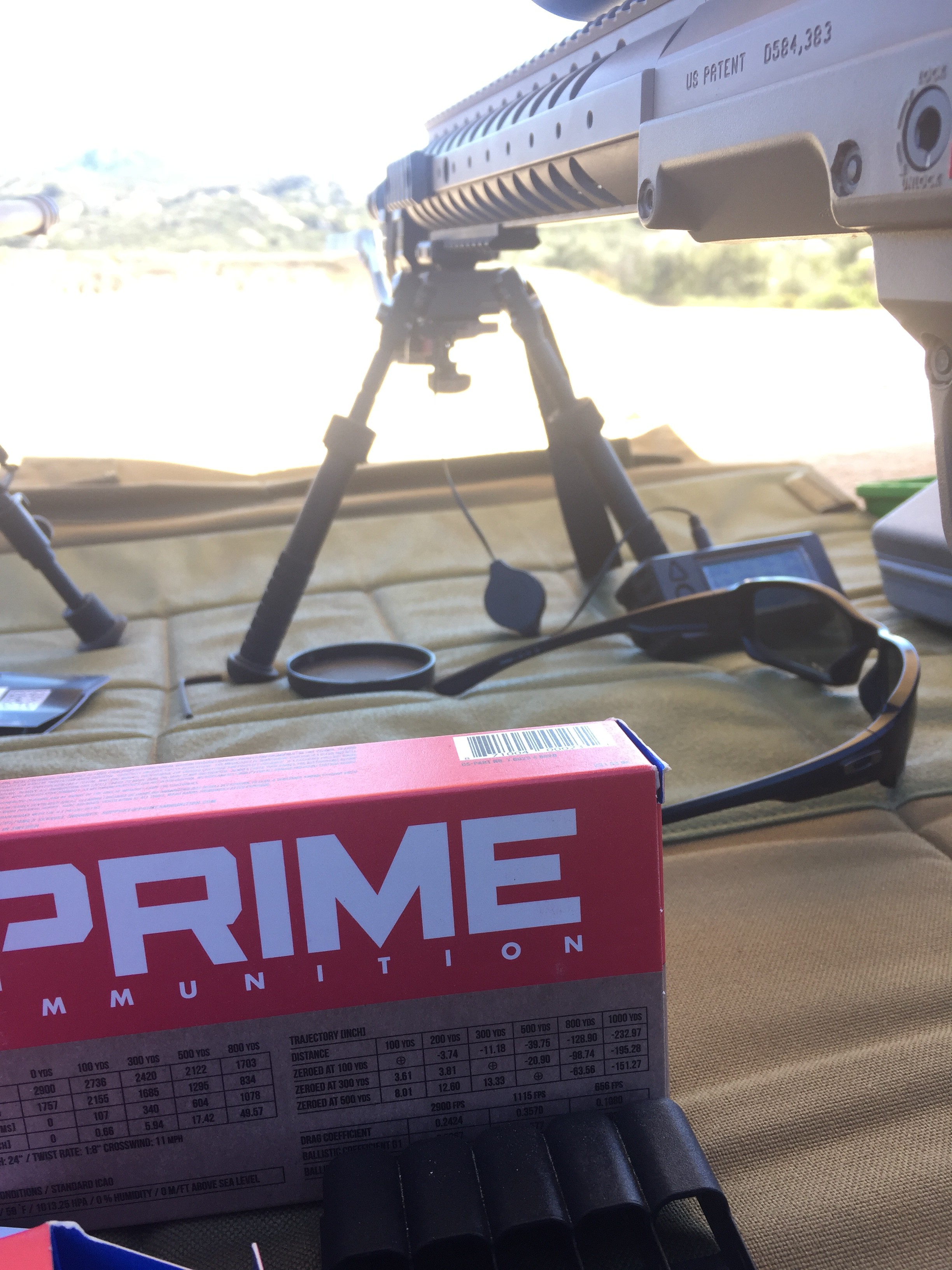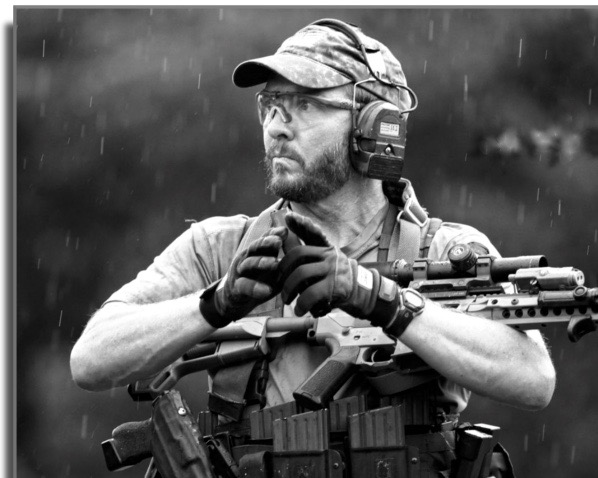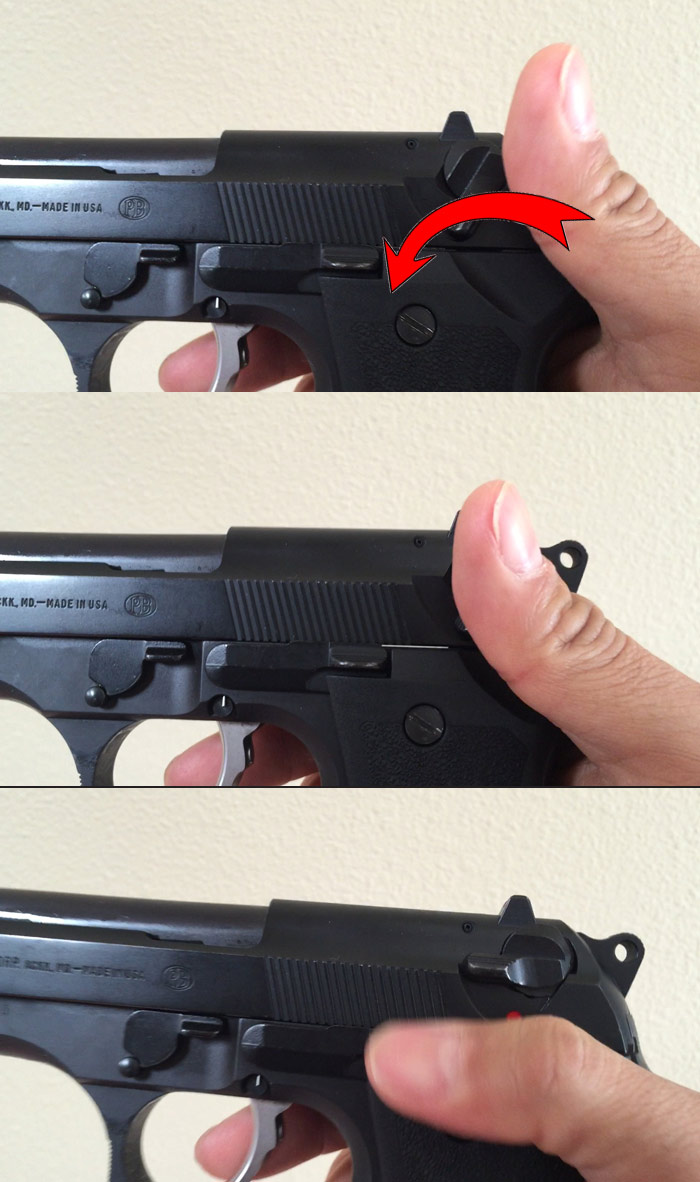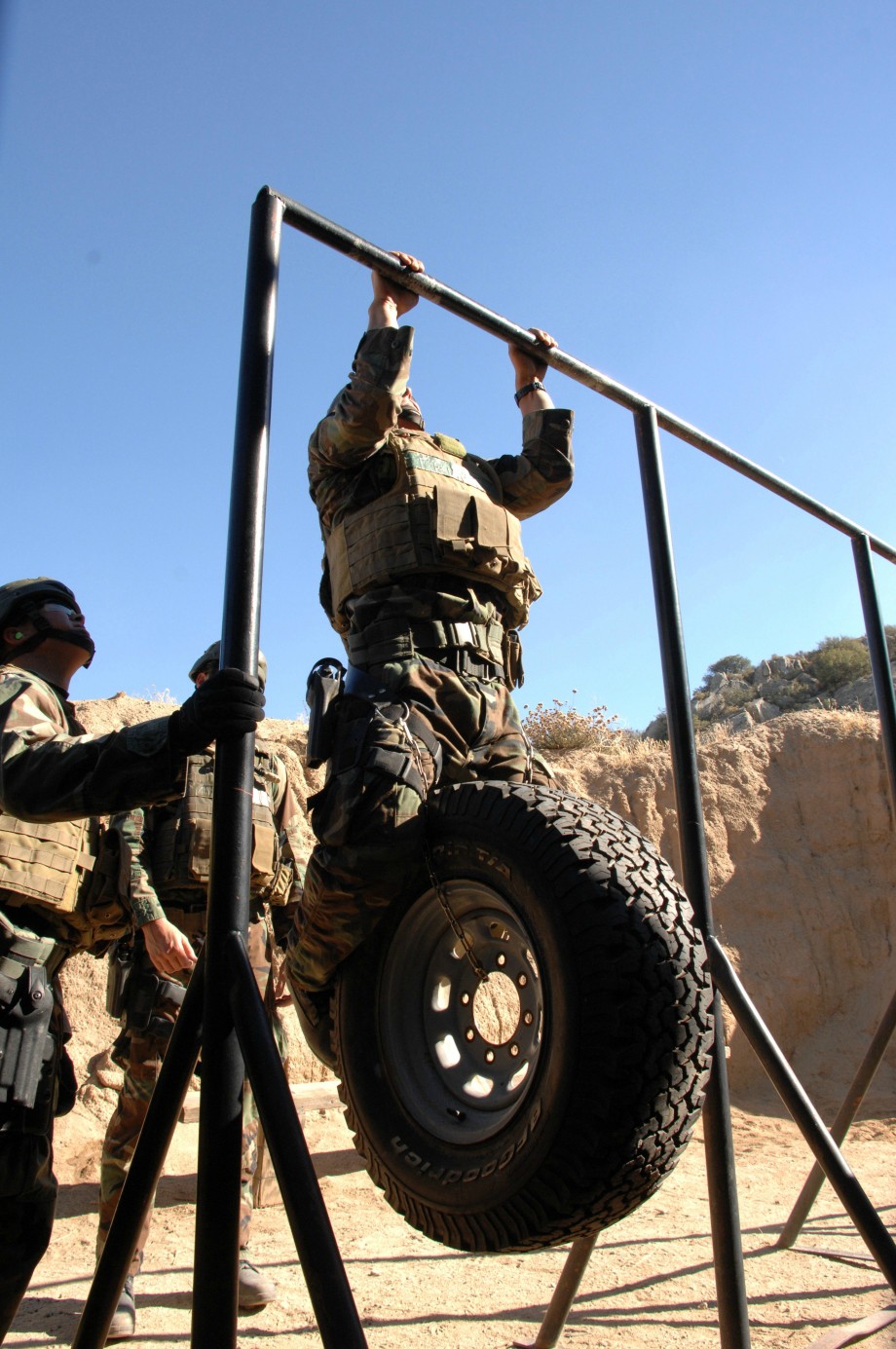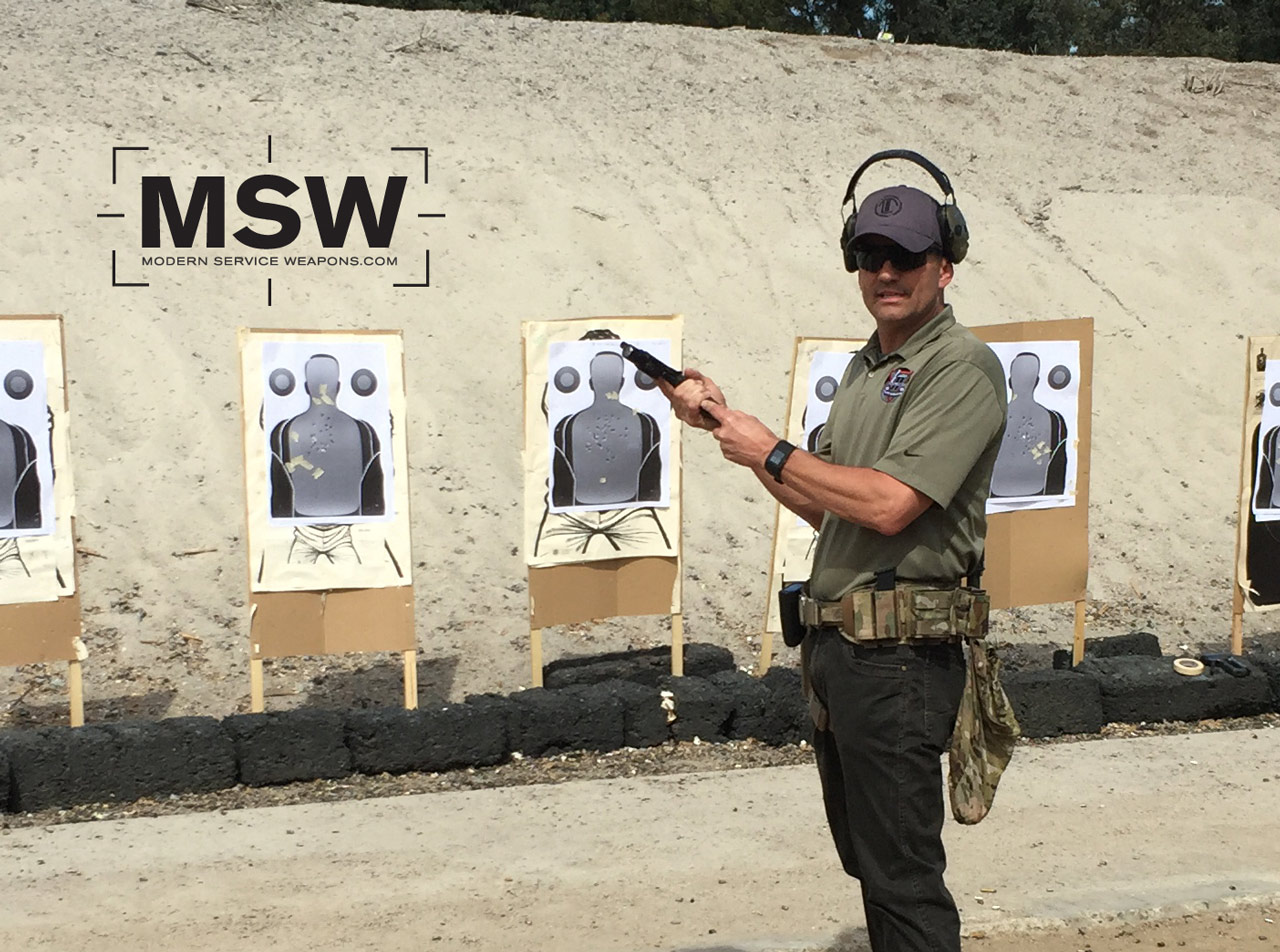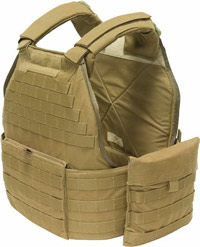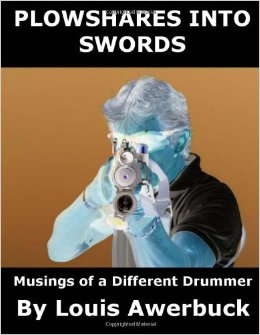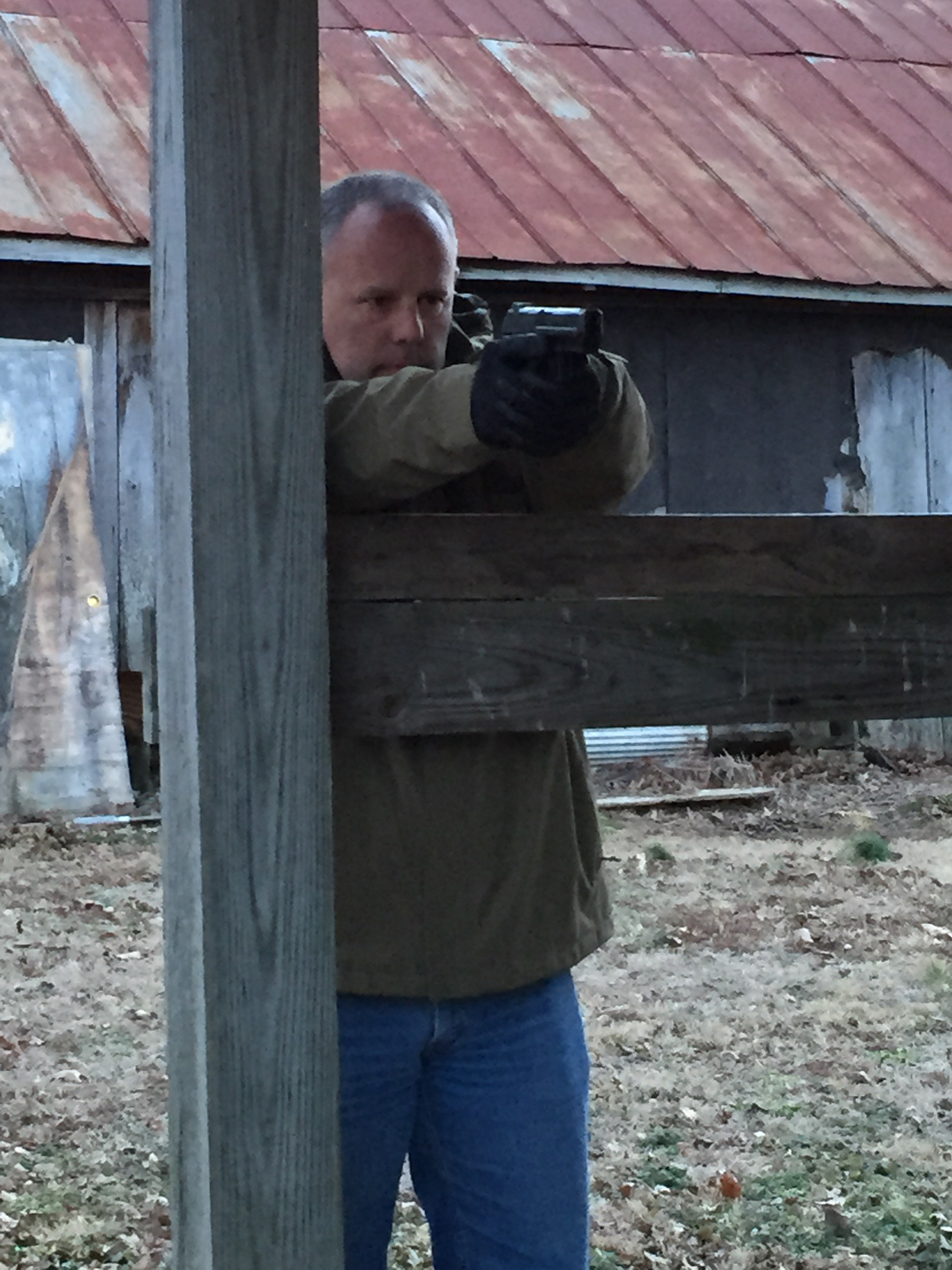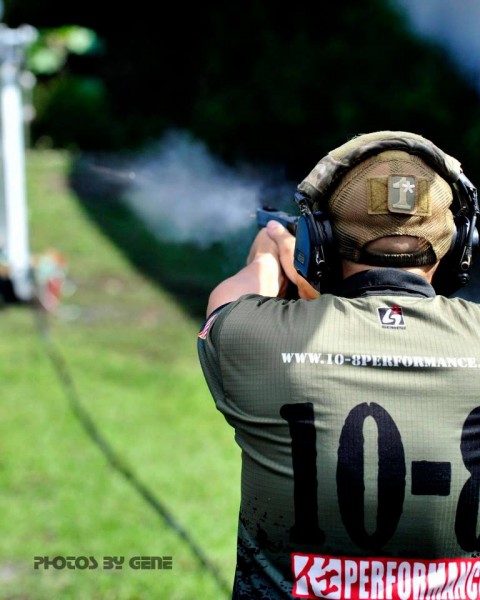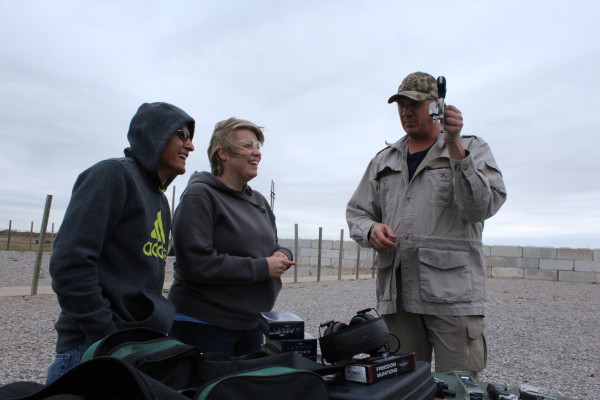
Firearms instructors have a golden opportunity when teaching concealed carry classes to encourage their students to seek further training.
It seems everyone is a firearms instructor these days, me included. As the interest in firearms ownership and concealed carry grow, so must the instructor base. We are law enforcement, military and private sector firearms enthusiasts who want to share our knowledge and help others. Most firearms instructors only teach their state’s concealed carry course or other “basic” classes and I’m certain the majority of us do a respectable job with the short amount of time we are allotted. Still, can we do better? I believe there are two areas where many firearms instructors just plain fail.
The majority of new shooters or at least new students only attend their first class because their respective states require it to attain a handgun carry license. I would dare say many of them are certain that this rudimentary training is more than adequate. That’s not their fault. That’s our fault as instructors. An eight-hour, state-mandated safety class is in no way sufficient and that is a point where I feel many instructors fail. We should be encouraging our students to seek further training on their own after completion of that class. Granted, it can be difficult for your average person to overcome their fears and finances to attend even a basic eight-hour class. How do we convince those folks to attend intermediate and advanced training? It all starts with that concealed carry class. Continue reading



